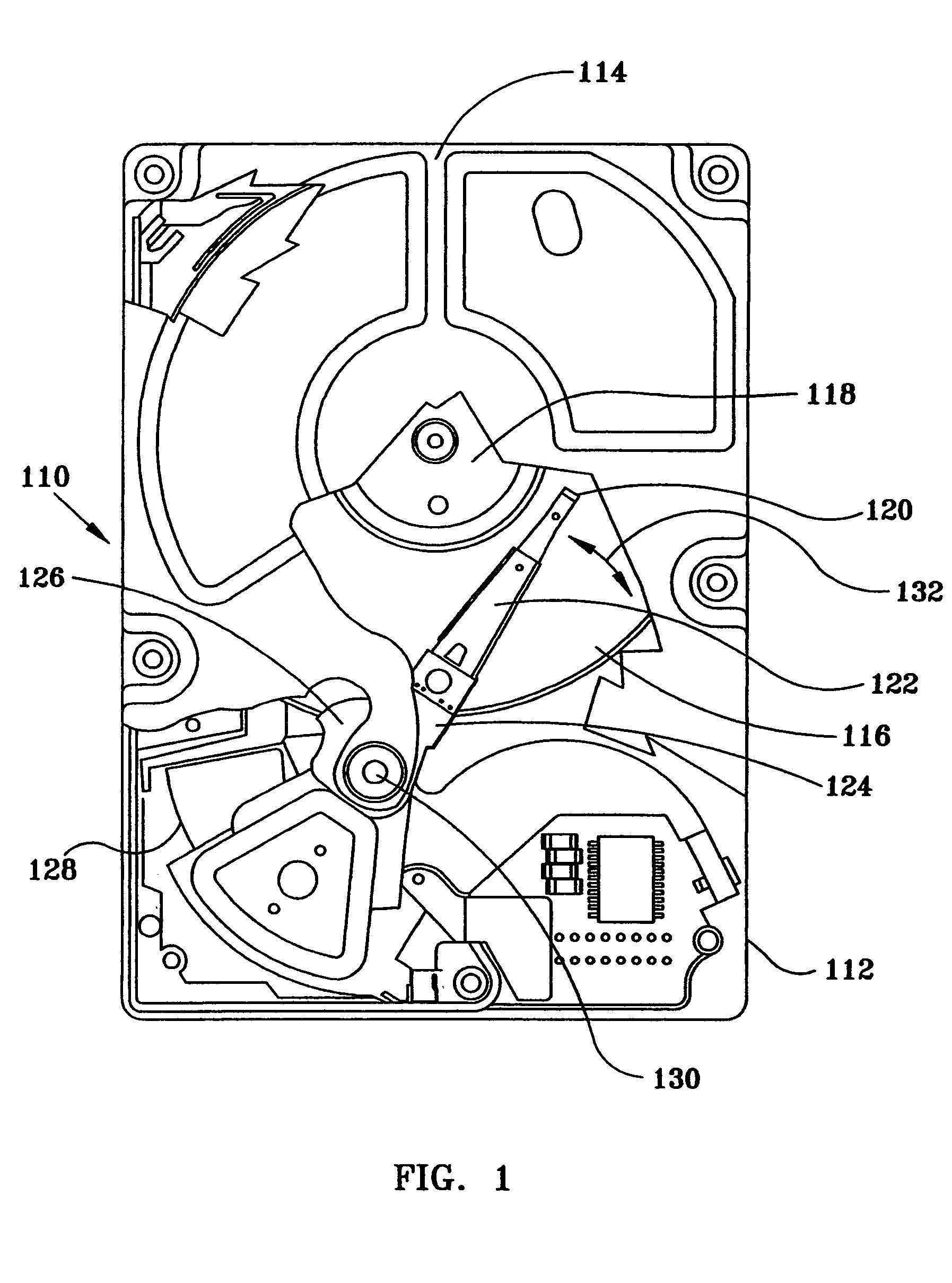Capillary seal with fill pool
a capillary seal and pool technology, applied in the direction of engine seals, shafts and bearings, bearings, etc., can solve the problems of increasing the placement of the read/write head, affecting the so as to optimize the stiffness and performance of the bearing, maximize the axial length of the bearing, and increase the volume
- Summary
- Abstract
- Description
- Claims
- Application Information
AI Technical Summary
Benefits of technology
Problems solved by technology
Method used
Image
Examples
Embodiment Construction
[0022]Exemplary embodiments are described with reference to specific configurations. Those of ordinary skill in the art will appreciate that various changes and modifications can be made while remaining within the scope of the appended claims. Additionally, well-known elements, devices, components, methods and the like may not be set forth in detail in order to avoid obscuring the invention.
[0023]A system and method of capillary sealing that withstands at least 1000 G shock events, vibration and evaporation is described herein. It will be apparent that features of the discussion and claims may be utilized with disc drives, spindle motors, various fluid dynamic bearing designs including hydrodynamic and hydrostatic bearings, and other motors employing a stationary and a rotatable component.
[0024]Referring to the drawings wherein identical reference numerals denote the same elements throughout the various views, FIG. 1 illustrates a typical disc drive data storage device 110 in which ...
PUM
 Login to View More
Login to View More Abstract
Description
Claims
Application Information
 Login to View More
Login to View More - R&D
- Intellectual Property
- Life Sciences
- Materials
- Tech Scout
- Unparalleled Data Quality
- Higher Quality Content
- 60% Fewer Hallucinations
Browse by: Latest US Patents, China's latest patents, Technical Efficacy Thesaurus, Application Domain, Technology Topic, Popular Technical Reports.
© 2025 PatSnap. All rights reserved.Legal|Privacy policy|Modern Slavery Act Transparency Statement|Sitemap|About US| Contact US: help@patsnap.com



